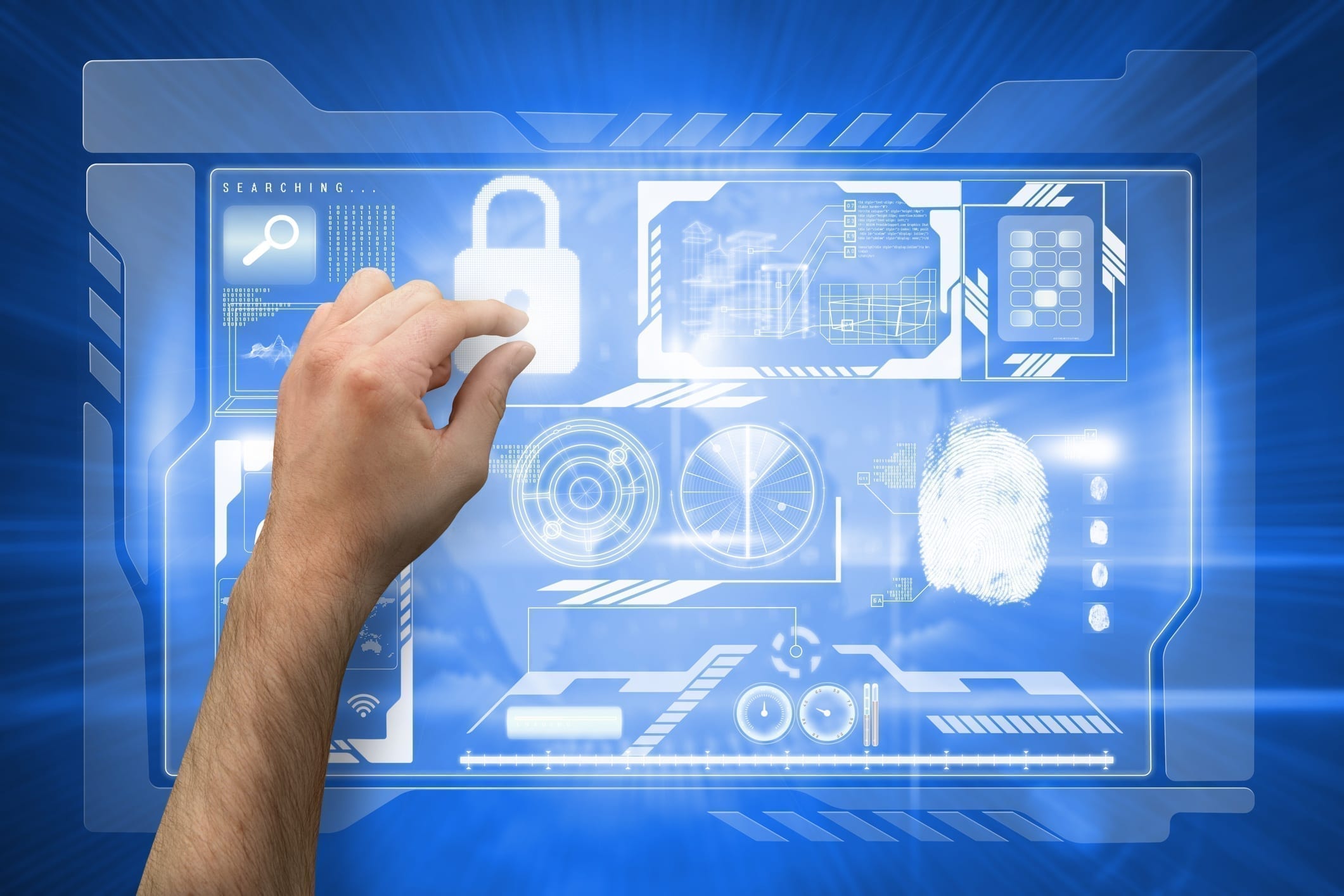Despite its techy-sounding name, two factor authentication is one of the simplest ways to keep your information secure online. But what is two factor authentication, exactly?
What is Two Factor Authentication: The Answer
Two factor authentication refers to a two-step proof-of-identity process. It requires the successful verification of two of the three authentication factors, which are:
- The knowledge factor is something you know, like a password.
- The possession factor is something you possess, like a key or mobile phone.
- The inherence factor is something you are, like a fingerprint or eye scanner.
Debit cards, for example, have a two factor process. You possess your debit card (which probably has a chip at this point), and you enter the PIN based on your knowledge.
Another common type of two factor authentication is when you enter your password for a given account, then you receive a randomly generated code via text message or email.

Benefits of Two Factor Authentication
Increases Employee Productivity
When businesses ask, “What is two factor authentication?” they’re also wondering how it can benefit them. Many employers are wary of letting their staff members work remotely because of security risks. However, with two factor authentication, employees can safely access important work on-the-go, leading to both increased data protection and productivity.
Reduces Training Time
You probably don’t think twice about creating a new password. You just choose something that you will remember. However, when valuable, confidential resources are at risk, complex passwords are an imperative. Some companies actually spend time on educating employees about password best practices. Two factor authentication eliminates the need for this.
Makes Data Tougher to Steal
If a hacker manages to compromise your password, it will be tough for them to get the other authentication factor as well. Plus, the simple fact that you use two factor authentication deters hackers because they tend to focus on easy targets with weak cybersecurity.

You Won’t Fall Victim to Collateral Damage
Websites are hacked all of the time. If a site you use falls victim to a data breach, the hackers will have access to your password. But, if you enable two factor authentication to verify your credentials on that site, your password isn’t enough for a cybercriminal to infiltrate your data.
Alerts You to Attempted Cyberattacks
Earlier, we mentioned that entering a randomly generated code along with your password is a common type of authentication. If a hacker correctly guessed your password and tried to login to your account, you would be alerted because you would receive a text message prompting you to enter the code. Upon realizing that it was not you, but someone else who tried to login to your account, you could change your password.
Fulfills Industry-Specific Compliance Criteria
Certain industries have specific cybersecurity regulations with which they must comply. Two factor authentication meets and even exceeds compliance measures for:
Now that we’ve answered the question “what is two factor authentication?” we hope you’re ready to use it to bolster your cybersecurity and hinder potential attacks!
{{cta(‘732372f9-1981-481c-88af-248a1b9c79b2’)}}





